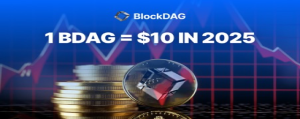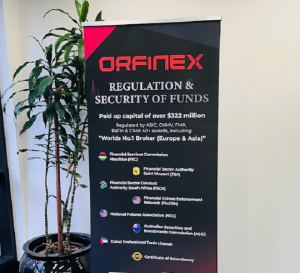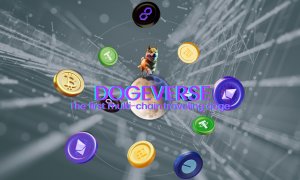What ever happened to NDFs? In South East Asia they create market turbulence, elsewhere are not significant
Drastic action against trading the Malaysian ringgit in offshore NDF markets by the Malaysian central bank proves the emerging market FX specialists’ strategies to be absolutely right. Here is why

It was not a very long time ago that many companies in the OTC derivatives industry were talking at great length about the possible rise to prominence of non-deliverable forward (NDF) contracts, and many firms sought to offer them, especially to a British client base, largely because of the flexibility of the proprietary platforms that British brokerages provide in order to facilitate CFD trading.
Unlike spot FX, an NDF has similar virtues that stand CFDs out as popular instruments, as an NDF is an outright forward or futures contract in which counterparties settle the difference between the contracted NDF price or rate and the prevailing spot price or rate on an agreed notional amount.
This type of trading has garnered its greatest popularity in regions in which forward FX trading has been banned by the government, usually as a means to prevent exchange rate volatility.
In established markets, NDFs were heralded as a means by which OTC FX firms could mitigate the risk of being exposed to, and exposing their retail clients to, sudden and unexpected bouts of market volatility.
Strangely, NDF trading did not catch on to quite the extent that CFD trading has done, with a loyal and dedicated client base in Britain trading CFDs with vigor on a largely domestic market, via established, often publicly listed British electronic trading giants.
In emerging markets, however, things are somewhat different.
South East Asia has become very interesting markets for OTC firms to approach, with many firms showing a very poignant interest in Indonesia and Malaysia.
In Malaysia, the NDF market is such a pinnacle of interest that it created a massively disruptive influence, and attracted attention from the Bank Negara Malaysia – the nation’s central bank – and more specifically the Financial Market Committee (FMC) which oversees trading activities in Malaysia at central government level.
Today, the central bank has announced that the disruptive influence from the NDF market on the Malaysian ringgit has subsided, following Bank Negara Malaysia’s directive which was set in place last month to prevent the trading of the ringgit on offshore NDF markets.
The ringgit has come under renewed pressure against the green-back as US bond yields jumped on expectations that US President-elect Donald Trump’s proposals for infrastructure spending and tax cuts will boost economic growth and inflation.
Such rise in US bond yields increases the US dollar’s appeal and reduces the attractiveness of investing in emerging-market assets, said Reuters. The ringgit closed down 0.1% at 4.4835 to the US dollar yesterday.
In a statement yesterday, the FMC also said liquidity on the onshore FX market continue to register a daily average volume of around US$9 billion (RM40.32 billion) this month, comparable to the average of US$8 billion from January to November 2016.
“FX flows comprise supply and demand from all major participants, including the exporters/importers, portfolio-related and direct investments,” stated the central bank.
This highlights one of the most advantageous aspects of NDF trading, that being the arbitrage opportunities that are less present in other categories.
Under certain circumstances, the rates achievable using synthetic foreign currency lending may be lower than borrowing in the foreign currency directly, implying that there is a possibility for arbitrage. Although this is theoretically identical to a second currency loan (with settlement in dollars), the borrower may face basis risk: the possibility that a difference arises between the swap market’s exchange rate and the exchange rate on the home market. The lender also bears counterparty risk.
The borrower could, in theory, enter into NDF contracts directly and borrow in dollars separately and achieve the same result. NDF counterparties, however, may prefer to work with a limited range of entities, such as those with a minimum credit rating.
One example of a firm that has begun to take the emerging market pairs which can be traded as NDFs into the hands of western traders is Jon Vollemaere’s R5FX which is an institutional Liquidity pool for eNDF’s and emerging market currencies.
Mr Vollemaere has stated that upcoming regulation requires FX trading banks to drastically change their current trading channels for the BRICS countries, N-11 and other Emerging Market/NDF currency pairs.
This action by the central bank of Malaysia indeed proves him right.









